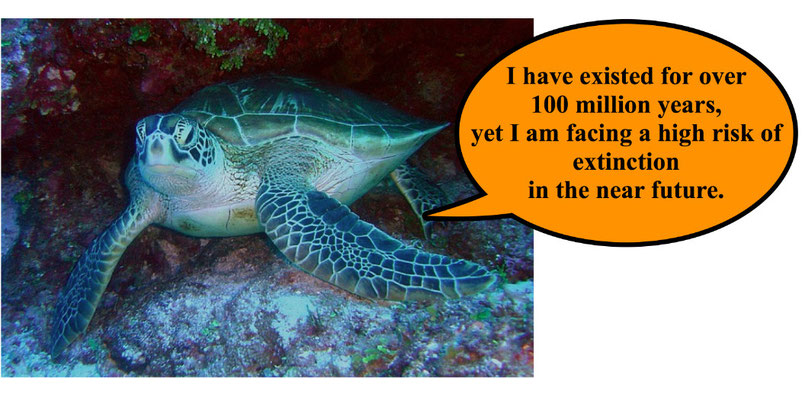A few years ago, my fifth grade gifted and talented students completed a unique research project. Specifically, we sent letters to museum directors asking for input about one object,
artifact, work of art, or a creative selection from their museum's collections. The selection could be a personal favorite, possess significant cultural relevance, be a "best" example of
its kind, tell a story, promote a new idea, or expose students to a new experience.
The purpose of the project was to provide resources for interdisciplinary learning, to present opportunities to think in new ways, and to enhance subject matter with activities that promote
creativity and provide cultural relevance. Most directors were eager to participate, and many provided supplemental information and resources. Their thorough responses are best
characterized by the words of one director, "Thank you for reaching out."
Below are the four questions we asked. (Since some respondents have moved on to different institutions, I share only the museum position, instead of the person's name.)
In support of National Wildlife
Week (March 17-23, 2014), the March object of the month is from Shedd Aquarium in Chicago, Illinois. The Director of Education answered our questions as follows:
(Excerpt)
Selected object: "Nickel" the Sea
Turtle
1. What information and essential understanding should students know about your selection?
Every animal has a story:
On July 1, 1998, Nickel was found floating in the mangroves at the mouth of Fish Hawk Creek in the town of Goodland, Florida. Boaters reported that Nickel was extremely thin and was having
difficulty swimming. She was picked up and brought to the Clearwater Marine Aquarium for rehabilitation. Upon arrival at CMA, biologists discovered that Nickel, then known as Pete,
suffered from an injury to the rear of her carapace from a boat strike.
After months of rehabilitation, Nickel continued to have a buoyancy problem as well as rear limb weakness. Due to the extent of Nickel's injuries, she was determined non-releasable.
She made her home at CMA as Pete, for 5 years, until the Shedd Aquarium acquired her for the Caribbean Reef exhibit.
As part of her quarantine, she underwent an extensive physical that included X-ray images of her entire body. In those images, we discovered that she had a coin lodged in her
esophagus. The coin, which turned out to be a 1975 nickel, was removed using an endoscope and special "grabbers."
Nickel is a Green Sea
Turtle. Green Sea Turtles are the largest of the hard-shelled sea turtles, with an average size of 300 to 500 pounds. Green Sea Turtles are primarily
herbivores as adults, and they get their name from the green color of their muscle tissue. They are found throughout the world's tropical oceans, where the Atlantic populations are larger
and lighter in color than the Pacific populations. The Green Sea Turtle is a threatened species, with the exception of the Florida and Mexican breeding populations, which are
endangered.
2. What questions would you ask to stimulate curiosity and/or creative thinking about your selection?
- Do humans live in the same environment as (Nickel) sea turtles?
- How can we better share the environment?
- What would you do to protect sea turtles?
3. Do you have any suggestions for incorporating your selection into a specific subject?
Shedd's content falls into three categories:
- Nature
- Science
- Human Impact
4. Are there other resources to help us learn more about your selection?
Yes, Nickel is on display in our Caribbean Reef habitat. Students and teachers can visit Nickel in person or learn more about her on our website.
Click here to meet
Nickel.
Other Objects of the Month:
Woolworth's
Lunch Counter
A. C. Gilbert Erector Set, Ferris
Wheel
Chabo-hiba #877-37
The
Caldonian Boar Hunt

